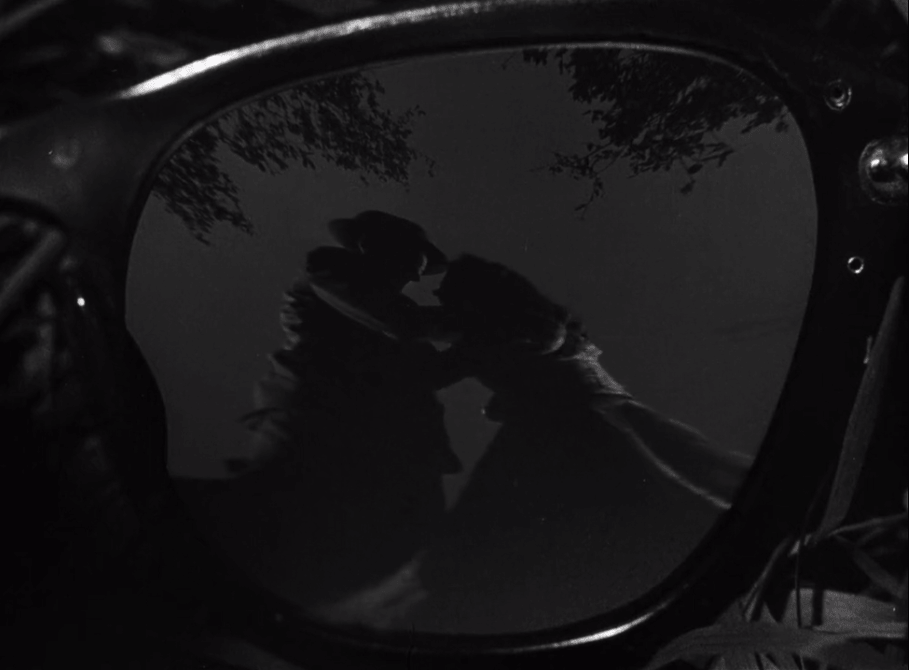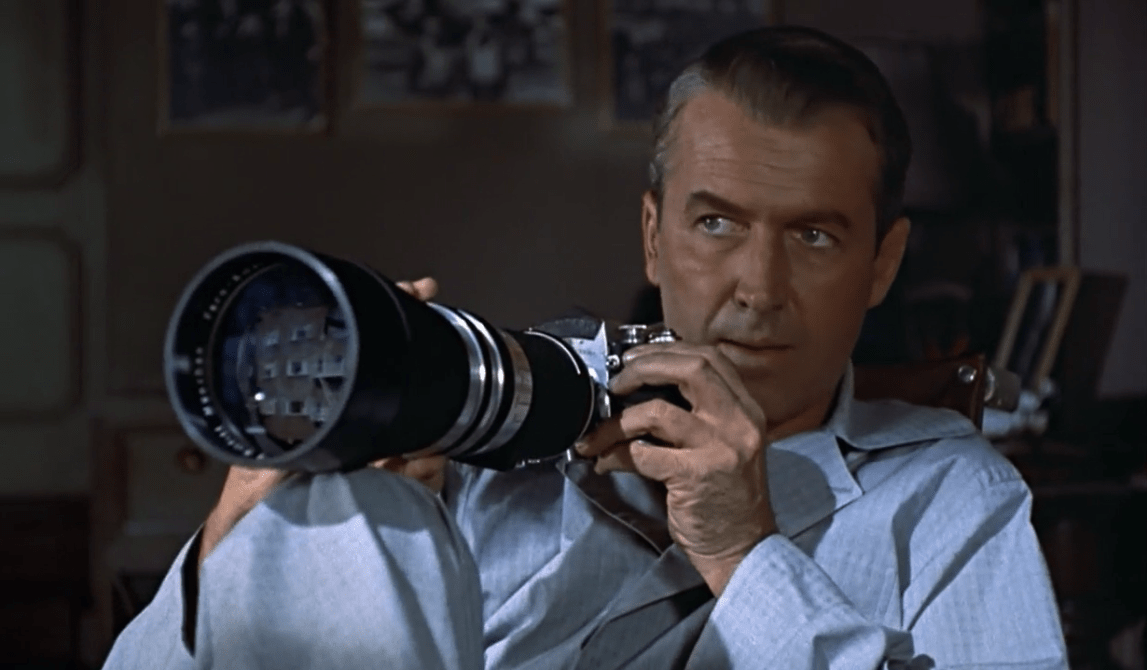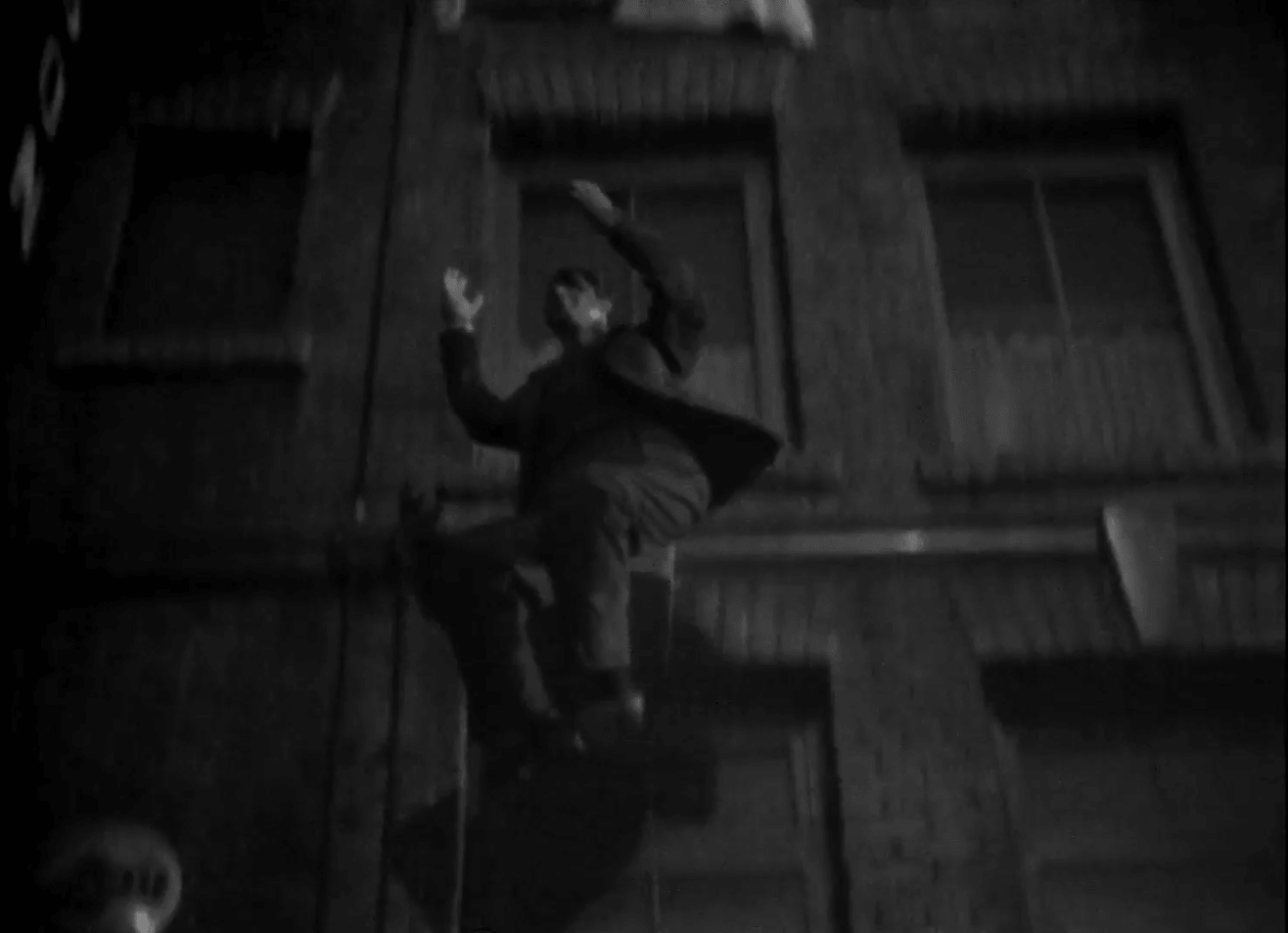The Hitchcock scene that nobody talks about
A few years ago, on a day when I was very sick in bed, I stumbled upon a movie called Rear Window on Netflix. I had never watched a Hitchcock movie before then, so I decided to give it a shot. What followed was the greatest cinematic experience I have ever had. I don’t know why, but as I watched that movie I felt transported into its world. Perhaps it was because the main character is stuck at home with a broken leg during the entire movie, just as I was stuck at home feeling sick, or perhaps it was because the movie is all about voyeurism.
After watching that movie I was really curious about who Hitchcock was, so I bought a biography of him and I started reading it. The problem was that as the book progressed, the author started mentioning movies that I had never watched before. That’s when I realized that in order for me to get anything out of that book, I was going to have to watch the movies it described, so that’s what I did. Whenever the author began describing how Hitchcock made a particular movie, I put the book down and I watched it.
By the end of the book I had watched dozens of amazing movies that I didn’t even know existed. The oldest one I watched was Hitchcock’s second movie, The Lodger: A Story of the London Fog, which is a silent film that was released in 1927. I also watched his first sound film, Blackmail, which was released in 1929 and was the first successful European dramatic talkie, and his first colour film, Rope, which was released in 1948 and is edited to create the impression that the entire movie is one continuous uninterrupted shot.
It’s amazing how Hitchcock adapted to new technological developments throughout his career, but what’s even more amazing is the sheer number of iconic scenes that can be found in his movies. Some common examples include:
- The murder that’s reflected in the glasses of its victim in Strangers on a Train (1951).

- The green hotel room in Vertigo (1958).

- The crop duster attack in North by Northwest (1959).

- The playground that slowly and ominously gets covered with birds in The Birds (1963).

- The murder that a bored photographer witnesses through his Kine Exakta in Rear Window (1954).

Each one of those scenes is unique and timeless, which is why you can find countless articles that analyze every single aspect of them.
In this post, however, I wanted to talk about a scene that I have never heard anyone mention, and that I think is a great example of Hitchcock’s style. It’s from a spy thriller called Foreign Correspondent, which was released in 1940. For context, in the scene I’m about to show you one of the heroes of the movie, who has been captured by a group of German agents, tries to escape. Here it is:
The first time I saw that dummy falling down that building I laughed out loud. I think the way it’s posed is really funny. People don’t usually stretch their arms upwards when they fall from high places:

But what I find even funnier is the sequence of events here. Let’s recap for a moment:
- A man is fighting for his life with two other men.
- He realizes that he can’t win the fight, so he jumps out of a window.
- He lands in the middle of a sidewalk, and he isn’t surprised to see his friends, who are also not surprised that he just jumped out of a third-story window, and he immediately rushes back inside to continue fighting with their help.
And not only that, but this scene also has a big discontinuity error. When our hero lands on the sidewalk, his suit is a mess and he’s completely soaked in rain water, but as soon as he steps inside his appearance is immaculate and he’s completely dry.
The conclusion I’m trying to reach is that this scene is completely absurd, and yet, that’s precisely what makes it so wonderful. Hitchcock was willing to sacrifice realism in the name of entertainment, which is why his movies are full of moments like the one above. Just think about the crop duster attack from North by Northwest. It doesn’t make any sense to lure a man out to the middle of nowhere so that you can then try to kill him with a crop duster. I can’t think of a more complicated way to kill someone. But Hitchcock didn’t mind, because he knew that the image of a man running away from a crop duster would be spectacular, and he was right. We are still talking about that moment 62 years later, aren’t we? He also knew that the image of a man jumping out of a window and rushing back inside to keep fighting would be spectacular, or perhaps he just thought it would be funny. Either way, it’s memorable enough to make a stranger want to write about it 81 years later.